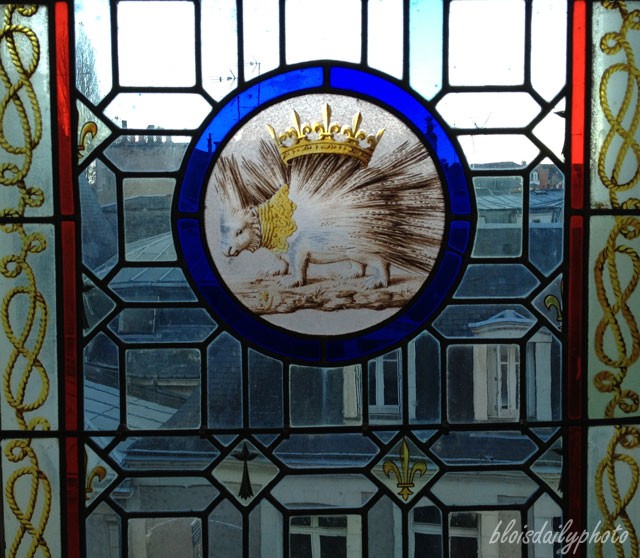Seen from the foot of Foix Tower in the grounds of Blois Castle, these lovely sunny terraces seem to be beckoning to us even though you may notice there aren’t any deck chairs at the beginning of March. Vues depuis le pied de la tour du Foix au château de Blois, ces belles terrasses bien …
Continue reading “Sunny terraces overlooking the Loire – Terrasses au soleil avec vue sur la Loire”
